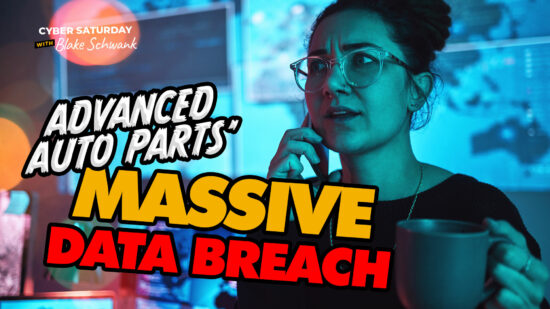Advance Auto Parts recently faced a significant data breach, exposing [...]
Some of the most popular Windows software is going EOL, or end of life. Find out what you need to do to handle the EOL of your software and how to upgrade.

Windows 7, Windows Server 2008 and Microsoft Exchange Server 2010 are all going EOL, or end of life, on January 14, 2020. If you are still using these products in your business, now is the time to consider upgrading. Otherwise, you could be at risk of having your system compromised by hackers.
Windows EOL – What is It?
All things must come to an end, something that is particularly true for software support. Microsoft released Windows 10 way back in 2015 and has continued to support older operating systems like Windows 7 for years. The company has decided that now is the time to end support for Windows 7, Windows Server 2008 and Microsoft Exchange Server 2010 – which means users of those products are going to need to find updated options for their needs.
End of support means that:
- There will be no more updates. Keeping a software functional and improving that software requires updating it from time to time. Windows is no longer going to update these products.
- You will run into compatibility issues. It may take some time, but modern software will eventually stop working perfectly with these products. Newer and regularly updated software will keep moving on while Windows 7 and the others will stay the same.
- You won’t be able to get tech support from Windows. Once Microsoft stops supporting software, it means that they won’t take tech support requests anymore. You can call them and ask for help, but they will just respond that they don’t support the product anymore.
- Your security will become compromised. One of the most important things that Microsoft does when supporting its products is ensuring that they are secure. If a security issue springs up, they will work to fix it and update the product accordingly. But unsupported software doesn’t have this type of protection any longer. There is a strong chance that hackers will take advantage of such vulnerabilities.
What Should You Do Next?
For the average Windows 7 user, the most obvious next step is to upgrade to Windows 10. It doesn’t take much effort to upgrade your system. You just have to go to Microsoft’s website and upgrade. But for enterprise users, it is typically better to have an IT services company help with your upgrade needs – especially if you are using the more complex products like Windows Server 2008 and Microsoft Exchange Server 2010.
An IT services company can help you in multiple ways, including:
- Finding the right products for your needs. Your business needs are unique, which means you need specific products based on those needs. A professional IT services company can identify your needs and find you the right products to meet them.
- Upgrading behind the scenes. Downtime is expensive. An IT services company can take care of all your upgrades behind the scenes, like after hours, so that you don’t have to worry about downtime.
Latest Blog Posts

Discover why rural and critical access hospitals are not immune to [...]

Explore the recent AT&T data breach affecting call logs from Oct 2022 [...]



